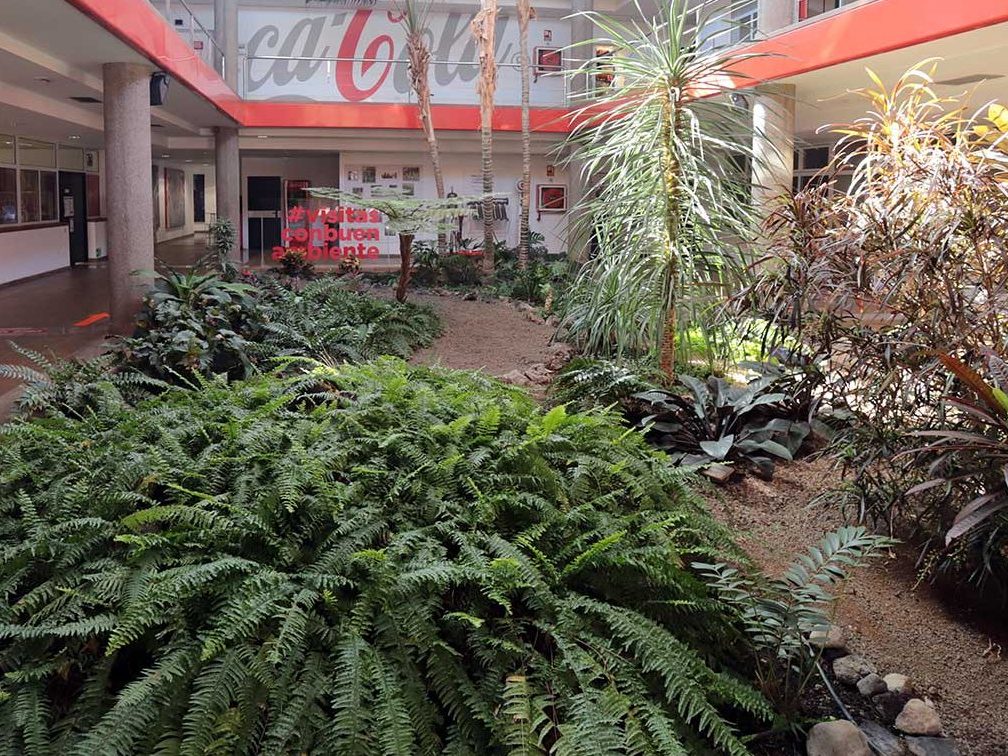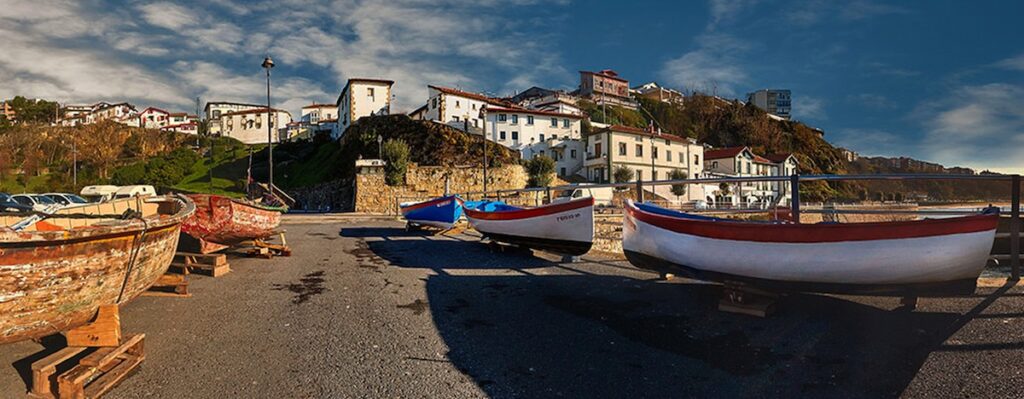Click here to read the Spanish version.
A street in the municipality of Tacoronte, in Tenerife, was officially named for the first time at the beginning of the summer, after the acting mayor at that time, Daniel Díaz Armas, took one of the last steps of his term of office. On June 19, the City Council baptized a small road in the north of the island as Calle del Calimocho, although the neighbors of the area had already been calling it that for some time.
The reason is that on one side of the street is the Bodega Comarcal de Tacoronte and, just at the other end, a Coca-Cola factory. These two ingredients, wine and Coca Cola, are precisely the basic ingredients of calimocho, so it was a natural occurrence. It was a neighbor who first noticed the coincidence, and who came up with the name in the first place. As it was so well received by the inhabitants of the municipality and the factories themselves, the matter reached the ears of the administrations and the rest is history.
The wine
Established in 1992, the Bodega Comarcal de Tacoronte is one of the three that make up the Bodegas Insulares de Tenerife. With wines of the Designation of Origin Tacoronte-Acentejo, the company has a wide range of awards, among which is the Grand Gold Medal of the National Competition of Wines of Small D.O.’s 2023 and the Silver Medal in the most recent Vinespaña contest, organized by the Spanish Federation of Oenology.
The wines of the Designation of Origin Tacoronte-Acentejo, named after the region located on the northern slope of Tenerife, are full in the mouth, with volume and soft tannins, as explained from the D.O.. These properties are largely due to the soil in which the vineyards grow, of volcanic and vegetal origin and in transformation due to the effect of basaltic ashes. It is the area with the highest density of vineyards in the whole archipelago, with 2,422 hectares of vineyards cultivated along the 23 kilometers of the region.
Coke
The Coca-Cola factory was inaugurated in Tacoronte in 1997 and produces 120 million liters of soft drink a year. The entire production process is carried out there, from the mixing of concentrate and water, extracted from its own 410-meter deep well, to waste management, bottling, quality control and distribution.
The building is surrounded by “a plantation of green bush, with plants endemic to the area, which acts as an audiovisual screen and as a call for ecological awareness,” explains Víctor Morales, head of communications, public affairs and sustainability at Coca-Cola Canarias. As a sign of the importance they attach to this issue, the factory has managed to ensure that more than 99% of its waste can be reused for new processes.

The ‘Kalimotxo’
The Calimocho street also includes in its sign the Basque name, Katimotcho, despite the disenchantment of the only inhabitant of the street that they have included the translation of the term.
The drink was baptized as such in 1972, during the festivities of the Old Port of Algorta, in Getxo, although it had already been consumed in Spain since the 1920’s. The combination of wine and Coca-Cola, however, was not very common, since there were very few establishments that sold the American soft drink at that time. With the arrival of the first factory in Spain in 1953, the mixture began to become popular under different names, according to the Getxo Tourist Office.

It was in 1972 when the gang in charge of organizing that year’s festivities in the Old Port of Algorta bought 2,000 liters of red wine that ended up being spiked. In order to be able to dispose of the liquid, they decided to disguise the taste with the same amount of soft drink and, in an attempt to prevent customers from discovering what was really happening, they wanted to give a new name to the concoction, selling it as something new and attractive.
As they continue narrating from the Tourist Office, one of the members of the gang nicknamed ‘Kali’ had an “ungraceful appearance” and, as in Basque “ugly” is said “motxo”, one of those present came up with the idea of combining both names for the drink, Kalimotxo, being the idea enthusiastically welcomed by those present.
The mixture of ingredients is for some a delicacy and for others an aberration, but the truth is that it is a recurrent in the popular celebrations of different parts of Spain, and already has variations. One of them, the ‘pitilingorri’, is prepared by mixing wine with lemon soda, and also delights lovers of verbenas.

